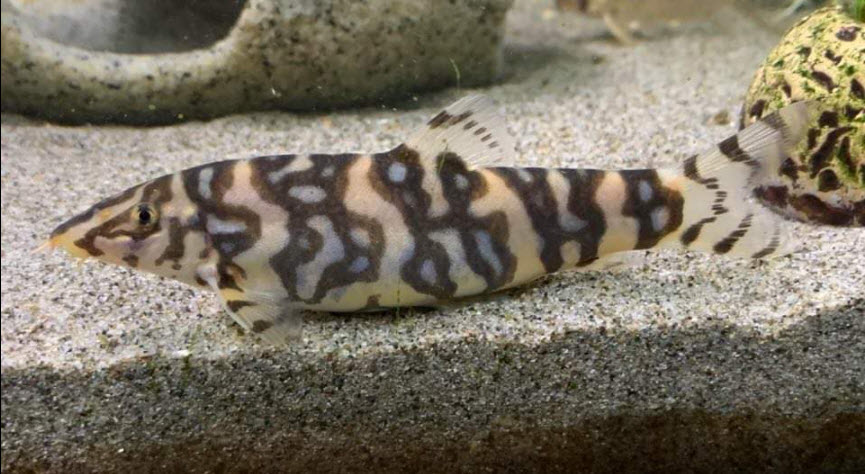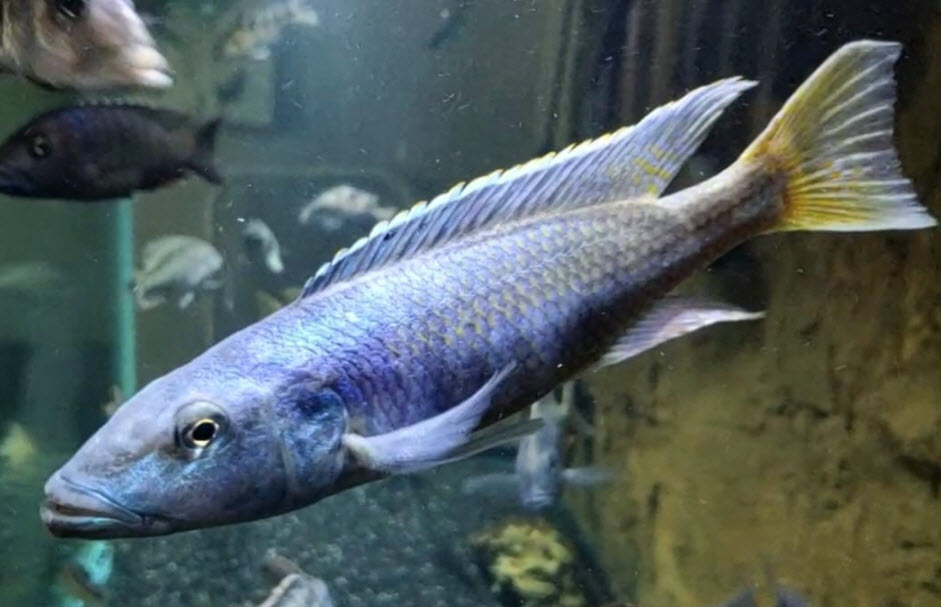
Pumps are essential to an aquarium. There are many types of pumps available:
- The pumps built into most canisters are cheap external magnetic drive pumps that don’t work very well against any degree of back pressure or head. They work reasonably well in a canister because the water return from the aquarium to the pump is a siphon, this pushes water into the pump and prevents a high head on a cheap pump.
- For sumps cheap submerged pumps should be avoided. They typically lack the power to drive significant amounts of water up five feet or so to the top of the aquarium.
- DC pumps are great largely because they are very quiet. But they can be a problem if one lives in a rural area that often has power surges in the electric power supply. These surges can burn out the rectifiers in a DC motor. DC motors are more energy efficient and have variable speed but they are expensive.
- External AC pumps are great for large sumps but expensive.
- Note that cheap pumps have flat impeller blades that work in both a clockwise and a counterclockwise direction. In this way they avoid expensive starters which make the pump go in only one direction. Reportedly this can result in a cheap pump “freezing” if there is a power outage. I have a lot of power outages and have never had this happen.. soooo…
- There is also the constant dialogue over magnetic drive versus direct drive. Each has its pros and cons. Direct drives are probably the best with sandy substrates as fine particles of sand can take out a magnetic drive impeller assembly in only months. Note probably 95% of the pumps used in the aquarium hobby are magnetic drive pumps.
Sump Pumps
When selecting a pump for a sump filter it is important to look at the pumps data provided by the supplier or the manufacturer. Most suppliers rate their pumps by two factors, GPH and Max head. To find the best pump for a sump application it is important to know the height differential between the top of the aquarium water and the top of the sump water.

To illustrate the necessary machinations let’s assume one has a sump where the aquarium level is 4 feet above the sump water level. Let’s look at some submersible pump data from Drs Foster and Smith (now out of business).

In addition to the four-foot data point say we have a 100-gallon aquarium we want to turn-over 5 times an hour, or 500 GPH. If we go with two small pumps, like two Quiet One 1200s, one might think that 500 GPH will be achieved. But look at the “Max head” point. The 6.10 feet Max Head is where flow stops. So at four feet of head each 1200 will only be pumping about 1/3 its full capacity. One 1200 will probably only give a measly 100 GPH. So with two 1200’s we might get 200 GPH if we are lucky.
Let’s look at the Mag Drive MD9.5. It has a 950 Flow gph and a Max Head of 14 feet. Subtract the 4 foot from the 14 foot to give 10 foot. Then divide 10 by 14, or 10/14 = 0.714. Multiply 950 by 0.714 and you have 678 GPH. This is roughly what this pump will give you if you put it in your sump. More than enough to do the job.
Let’s look at the Quiet One 4000. It has a 991 Flow gph and a Max Head of 10.17 feet. Subtract the 4 foot from the 10.17 foot to give 6.17 foot. Then divide 6.17 by 10.17 to give 6.17/10.17 = 0.607. Multiply 991 by 0.607 and you have 601 GPH. This is roughly what this pump will give you if you put it in your sump. Again, more than enough to do the job.
The Mag Drive is $115 and the Quiet One is $65. Which one you chose is up to you and there are other pump lines available which will do the job.

Now for the point often overlooked with pumps. A submerged pump such as the Mag Drive 9.5 runs with a certain wattage, in this case 93 watts. Because this pump is submerged that means that 93 watts of energy is going into the water as heat 24 hours a day. This is the equivalent of an aquarium heater of 93 watts on 24/7.
The degree to which this becomes a problem depends on the temperature in your home. Very roughly one watt of pump can raise one gallon of water ten degrees Fahrenheit. So if you have a 100 gallon aquarium on a 100 watt pump to give a 6X turn-over rate. And you have a home which floats up to 85 degrees in the summer, your aquarium temperature can hit 95 degrees F. Add a 36 watt UV unit and you will be in trouble.
If you want 6X turnover this makes the Quiet One 1200 a better choice as it has only 65 watts of power usage. Even a better alternative is an external pump (heat is released to the air) but they are expensive.
Note that flow rate and turn-over is vastly overrated as criteria for a filtration system. Far more important is the effective surface area of the filtration media. With sufficient surface area to the filter media a turn-over rate of 2X or even 1X can be made to work.

.
Return to Equipment Menu
.
Aquarium Science Website
The chapters shown below or on the right side in maroon lead to close to 400 articles on all aspects of keeping a freshwater aquarium. These articles have NO links to profit making sites and are thus unbiased in their recommendations, unlike all the for-profit sites you will find with Google. Bookmark and browse!
.

Dave says
In reply to Heath ……. It’s my physics friend and his darned old law of conservation of energy (“93 watts is 93 watts”). I know it is counter-intuitive but it is true and he is not wrong.
Heath says
“So a 93 watt submerged pump will put 93 watts of energy, directly and indirectly, into the water as heat. This is the equivalent of an aquarium heater of 93 watts on 24/7…”
This is still incorrect, your engineering friend is wrong.
Dave says
In reply to Cody …… No, I have no recommended brands. Sorry.
Cody Gray says
When it comes to a pump for sumps do you have any recommended brands? Or will any pump that has a low wattage, the proper lift, and gph work?
Ben z says
@dave
Just thought of mentioning that the correct explanation to the commenter who doubted that pump wattage is equivalent to heater wattage should be this. It is the conversion of energy from a concentrated form (from the AC outlet let’s say) into ever more dilute forms that “powers” devices. The energy eventually dilutes into heat, or basically “general chaos” at the molecular level.
Now, this explanation is paraphrased this from Richard Feynman, so anyone doubting this can take it up with him, heh heh heh.
Eric says
there also should be height in the previous formula.
Dave says
In reply to Eric … I am not not wrong. You just haven’t carried it forward far enough. Basic law of thermodynamics is the conservation of energy. The portion of the energy that goes into mechanical (a surprisingly small portion of the energy, like 70%) THEN converts to heat in the water, largely in the pump head. I checked it out with a friend of mine with a masters in engineering and he confirms this is the case. So a 93 watt submerged pump will put 93 watts of energy, directly and indirectly, into the water as heat. This is the equivalent of an aquarium heater of 93 watts on 24/7.
Eric says
“ Because this pump is submerged that means that 93 watts of energy is going into the water as heat 24 hours a day. This is the equivalent of an aquarium heater of 93 watts on 24/7.”
This is wrong. the 93W is pump rated power, which usually is how much electricity it consumes under normal running condition. a pump is a mechanical device that converts energy from electrical to mechanical, in this case, moving water from lower point to higher point. the energy converted to mechanical is gph x density of water x ratio from gallon to liter x gravity. the rest are work against friction and inefficiency inside the pump that becomes heat. under normal condition, the heat should be just a small amount of the rated power.